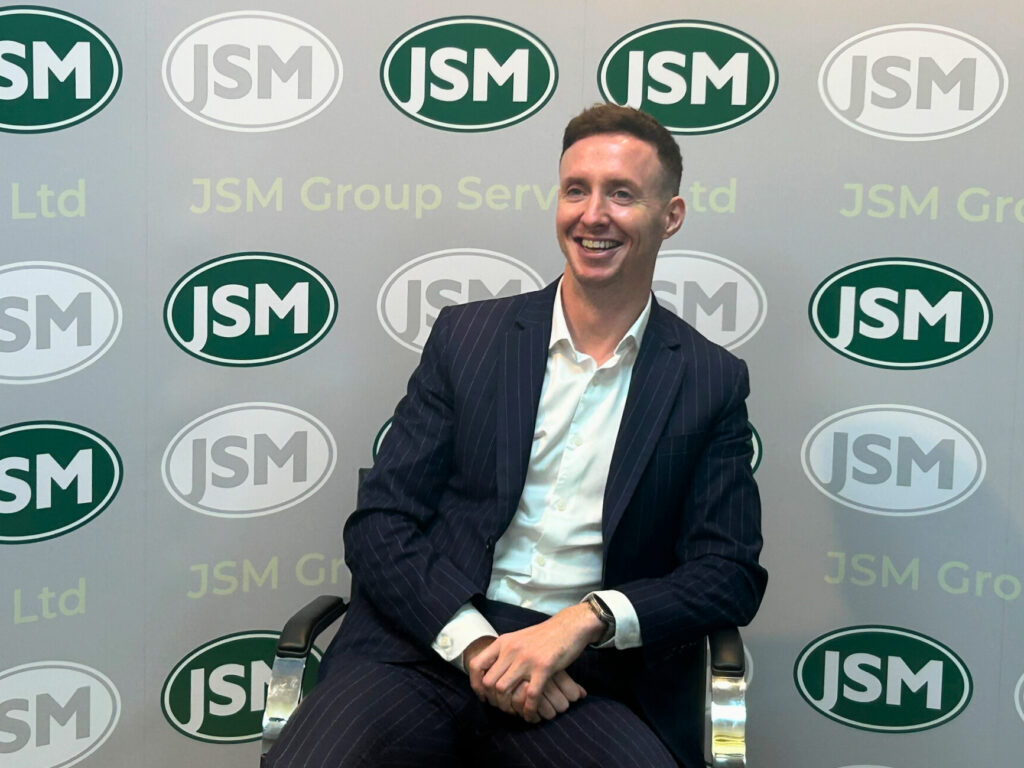For more than twenty years, JSM Group has delivered fibre optic connectivity across the United Kingdom. Our telecoms division has supported rural broadband programmes, national fibre roll outs and the extremely low latency networks needed by financial institutions and data centre operators.
As demand for bandwidth and speed continues to grow, the industry is now looking towards the next major step forward. That technology is Hollow Core Fibre, often referred to as HCF. In this article, Telecoms Director Daniel Rowan explains what HCF is, why it represents a significant change, and how it aligns with JSM Group’s forward looking approach to digital infrastructure.
What Is Hollow Core Fibre?
Hollow Core Fibre replaces the solid glass core found in traditional fibre with an air filled central channel. Light travels faster through air than through glass, which results in noticeably higher transmission speeds. In practical terms, this can reduce latency by up to half when compared with standard single mode fibre.
This improvement makes Hollow Core Fibre attractive in situations where even small delays matter. These situations include high frequency trading, real time data analytics and latency sensitive AI applications.
Further advantages of HCF include:
- Significantly lower signal attenuation in advanced designs
- Reduced need for repeaters on long distance routes
- Better tolerance of high optical power levels
- Reduced nonlinear effects that often disrupt dense wavelength division multiplexing
- Lower signal dispersion, creating cleaner and more stable transmission
- Enhanced resistance to temperature changes and radiation, which is particularly valuable in underground ducts
- Improved security, as the air core design makes interception more difficult
These characteristics help to support very high bandwidths while improving reliability and reducing energy consumption.
Practical Uses in Data Centres and AI Connectivity
Hollow Core Fibre is especially valuable in data centres, where very low latency is critical for cloud computing, AI training and real time analytics. Several global operators are already considering HCF to speed up communication between servers and to reduce delays across complex processing environments.
HCF also has strong potential for short range links, such as connections between buildings or between racks inside data halls. In situations where traditional fibre begins to limit performance, HCF offers an immediate improvement.
Importantly, Hollow Core Fibre can often be integrated into existing fibre networks. Early deployments show that it is compatible with standard optics in many scenarios. This allows organisations to upgrade parts of a network without needing to replace everything.
As AI, 6G, edge computing and cloud services continue to expand, the need for fast and resilient data paths will grow. Hollow Core Fibre is expected to become increasingly common as part of modern telecom infrastructure.
Challenges to Consider
Although HCF offers clear benefits, it is still an emerging technology and should be understood in context. Current limitations include:
- Higher manufacturing costs than standard fibre
- Greater sensitivity to bending, which requires careful installation
- The need for continued research and development to refine the design and further reduce loss
Even with these challenges, industry interest remains strong due to the clear performance gains and long term advantages.
What This Means for JSM Group
JSM Group is committed to supporting the next generation of telecom networks across the United Kingdom. Hollow Core Fibre aligns closely with this commitment.
Our teams can support clients with route design, installation, splicing, testing and integration into existing networks. We believe Hollow Core Fibre will play an important part in building faster, more reliable and more secure digital infrastructure for future applications, including AI, automation, smart cities and high capacity data platforms.
What we are seeing today is more than an incremental improvement. It is a shift towards a new model of connectivity that places speed, efficiency and reliability at the forefront of modern communication.


